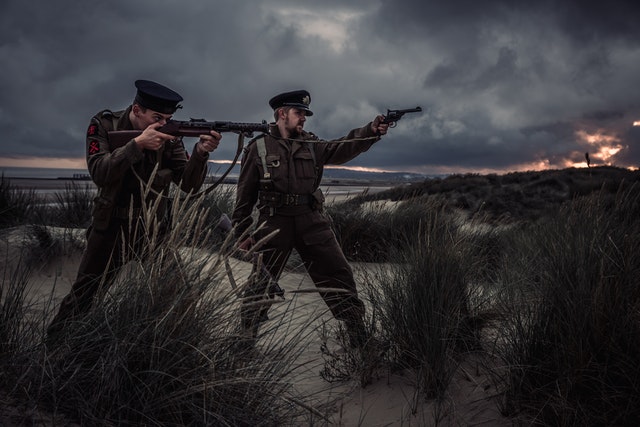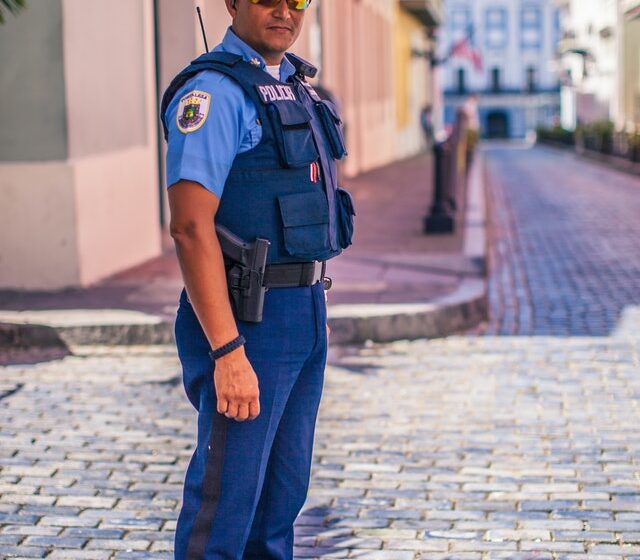Philip Walton: US citizen freed from kidnappers in dramatic rescue operation by Navy SEALS in Nigeria
Courtesy – The Independent
Gino Spocchia •October 31, 2020
US special forces have rescued an American citizen who was kidnapped by armed men in an operation on Saturday in northern Nigeria, US officials said.
Forces including Navy SEALs rescued 27-year-old Philip Walton, who had been abducted on Tuesday from his home in neighbouring Niger, two US officials told Reuters on condition of anonymity, adding that no US troops were hurt. Several of the captors are believed to have been killed in the mission.
A diplomat source in Niger said Mr Walton is now at the US ambassador’s residence in Niamey.
“Big win for our very elite US Special Forces today,” Donald Trump wrote on Twitter on Saturday.
White House press secretary Kayleigh McEnany told Fox News that the Trump administration had over the years rescued 55 hostages in 24 countries.
The Pentagon confirmed the operation but did not provide the identity of the hostage.
In statement to ABC News, Pentagon chief spokesperson Jonathan Hoffman said “US forces conducted a hostage rescue operation during the early hours of 31 October in Northern Nigeria to recover an American citizen held hostage by a group of armed men,”
“This American citizen is safe and is now in the care of the U.S. Department of State. No US military personnel were injured during the operation,” he added. “We appreciate the support of our international partners in conducting this operation.”
Mr Walton, who was reported to have kept camels, sheep and poultry and grew mangoes near the Niger-Nigeria border, was kidnapped by six men armed with AK-47 assault rifles who arrived on motorcycles at his home in southern Niger’s Massalata village early on Tuesday.
His wife, young daughter and brother were left behind, whilst the group had demanded money.


 The central goal of community policing is for the police to build relationships with the community,
The central goal of community policing is for the police to build relationships with the community,